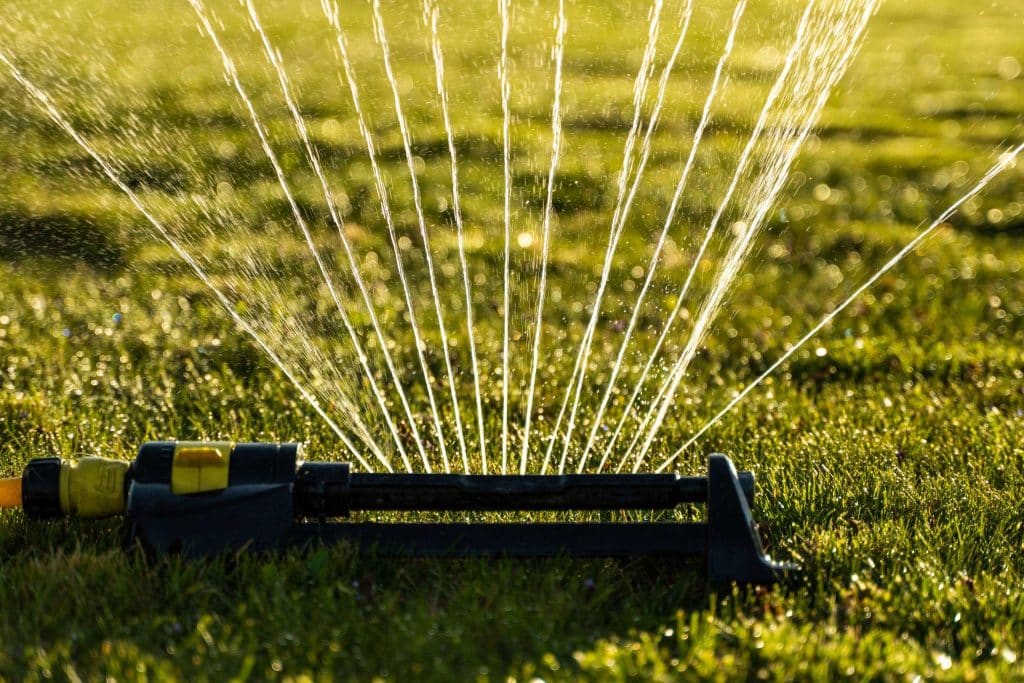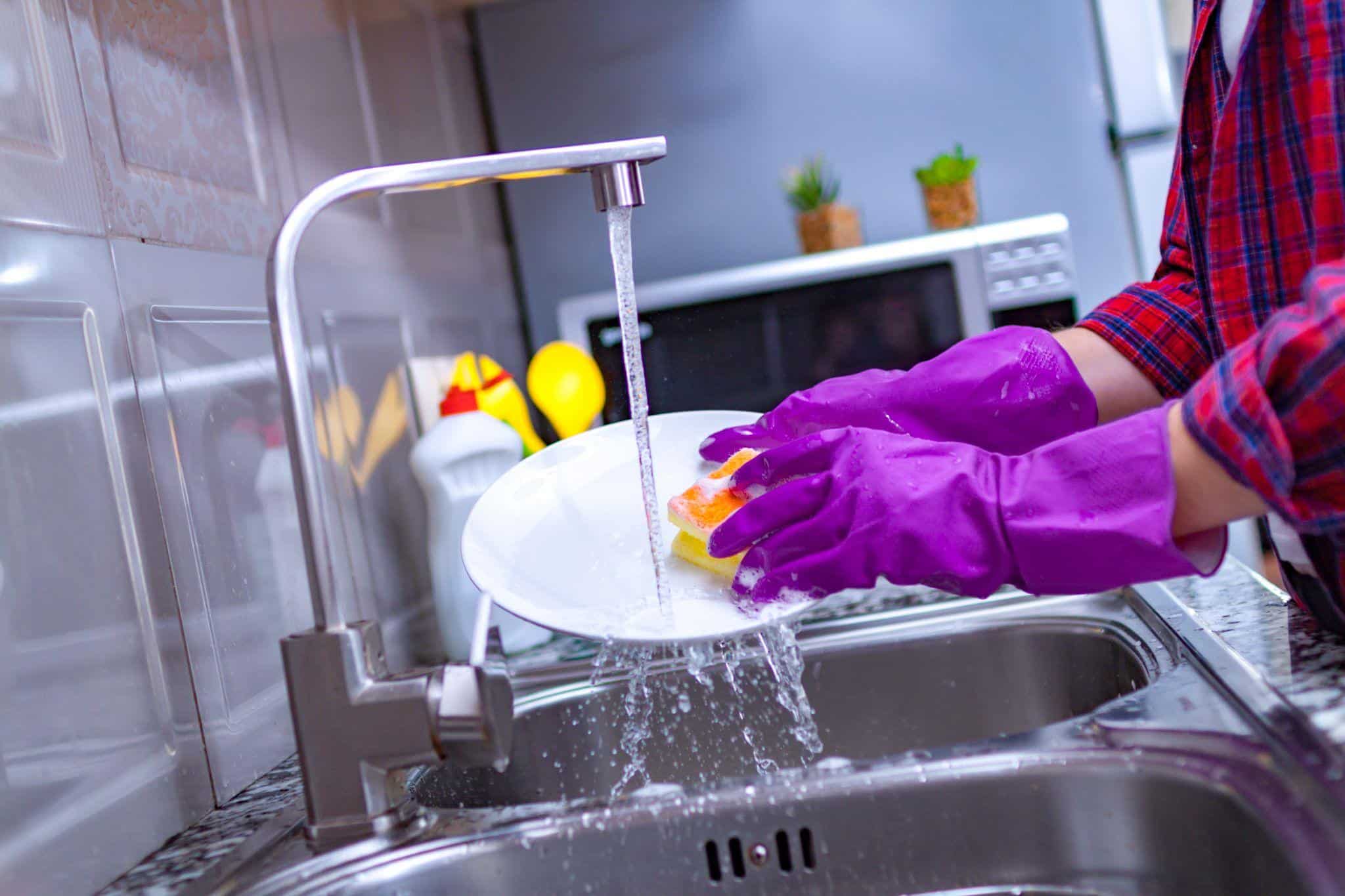Understanding water consumption in Brisbane is crucial as the city faces growing pressure on its water resources. The balance between supply and demand becomes ever more important with population growth and a changing climate. Brisbane’s water supply system serves a diverse region, delivering clean and safe water to both urban and rural communities.
With demand for water rising, sustainable management of this vital resource becomes paramount. But how much water do people use in Brisbane households on average? This question sets the stage for exploring various factors influencing water consumption and identifying ways households can contribute to conservation efforts.
Understanding Brisbane’s Water Supply System
Brisbane’s water supply is a complex system that sources water from a variety of locations. The primary sources include large reservoirs such as Wivenhoe, Somerset, and North Pine Dams. These reservoirs collect water from the broader catchment areas, which benefit from the region’s subtropical climate and receive significant rainfall during the wet season.
However, this system also faces challenges such as droughts, necessitating efficient management to ensure a consistent water supply.
Once collected, water is directed to various treatment plants that perform several processes to guarantee it meets health and safety standards. These treatments typically include filtration and disinfection to remove any impurities and pathogens, ensuring the water is safe for consumption. Following treatment, water travels through an extensive network of pipes to reach households across Brisbane.
The infrastructure involved in water distribution spans both urban and rural areas. While urban infrastructure is more densely connected, allowing for efficient distribution, rural areas pose challenges due to greater distances and varied terrain. Maintaining and upgrading this infrastructure is vital for preventing losses through leaks and ensuring reliable water delivery.
Brisbane’s regional water supply system also contends with obstacles such as climate variability and increasing residential and industrial demand. Addressing these challenges requires ongoing investments in infrastructure upgrades and the exploration of alternative water sources, such as desalination and recycled water use, to bolster resilience against future uncertainties.
Average Household Water Consumption in Brisbane
Water usage statistics reveal that the average household in Brisbane consumes a notable amount of water, though numbers have varied over recent years. As of the most recent data, Brisbane households used approximately 180-200 litres per person per day. This figure positions Brisbane above some of its southern counterparts, like Melbourne, which has successfully implemented aggressive water-conservation measures.
For anyone curious about how much water people use in Brisbane, it’s important to understand that various factors influence these figures. Differences in climate, population density, cultural attitudes, and the availability of water-saving technologies all play a role. Brisbane’s climate, characterised by hot summers and significant rainfall during wet seasons, impacts consumer behaviour and, subsequently, water usage patterns. Notably, irrigation for lawns and gardening tends to spike during the dry months, contributing to seasonal fluctuations in consumption..
Compared to other major Australian cities, Brisbane residents have demonstrated moderate success in water conservation. However, continued focus on awareness and adoption of water-saving practices is essential to meet future challenges posed by population growth and potential climate impacts.
Factors Impacting Water Usage in Brisbane Households
Several factors contribute to the water consumption patterns observed in Brisbane homes. Climatic conditions, a primary factor, directly affect the water demand. Brisbane’s subtropical climate encompasses dry, scattered winters and hot summers with significant rainfall. These conditions often lead households to use more water for irrigation, cooling, and other seasonal activities.
The size of a household and related lifestyle choices significantly influence water consumption levels. Larger households tend to use more water collectively, though per-person usage may decrease due to shared usage. Additionally, households with a stronger emphasis on sustainability practices often report lower usage figures. Installing water-efficient fixtures, opting for native landscaping, and adopting mindful water-use behaviours can lead to tangible reductions in usage.
Water-efficient appliances and modern technology play a critical role in reducing household consumption. Adoption of low-flow showerheads, dual-flush toilets, and efficient washing machines can dramatically cut down on water usage without compromising functionality.
Government policies and water usage restrictions, often introduced during drought periods, serve as external catalysts for altering consumption patterns. Past campaigns have successfully encouraged residents to embrace efficiency measures and reduce unnecessary usage. These measures continue to be vital tools in achieving long-term reductions in water consumption.

Tips for Reducing Water Consumption at Home
Taking steps to conserve water at home is a practical approach to ensuring sustainability. Simple habits, such as turning off the tap while brushing teeth and promptly fixing leaks, can significantly reduce waste. Additionally, taking shorter showers and using a bucket to catch warm-up water for other uses can contribute to savings.
Investing in water-efficient fixtures and appliances is another effective way to reduce consumption. Aerated taps, efficient dishwashers, and low water-use garden systems offer reductions in water usage. Many modern products are designed with conservation in mind, delivering robust performance while using water judiciously.
Landscaping choices strongly impact outdoor water use. Choosing native plants adapted to local conditions minimises the need for frequent watering. Implementing drip irrigation systems and efficient watering schedules optimise water distribution and reduce evaporation losses.
Government rebates and incentives can further support water conservation efforts. Many schemes offer financial assistance for households upgrading to water-saving devices. Investigating available options helps reduce upfront costs and increases incentive alignment towards sustainable choices.
Future Trends in Water Usage and Conservation in Brisbane
As Brisbane looks to the future, it must anticipate shifts in water consumption patterns linked to population growth and technological advancements. Innovations in water-saving technologies continue to surface, creating opportunities for more efficient water use across domestic and industrial sectors. Smart water meters, for example, allow for real-time monitoring of water usage, enabling households to promptly address anomalies and adopt consumption-conscious behaviours.
Community initiatives focusing on conservation education foster awareness about sustainable practices. These programmes empower residents by providing the knowledge and tools required to take decisive action towards reducing their water footprint. Schools, local councils, and community organisations play a pivotal role in delivering these initiatives, leading to broader cultural acceptance of conservation as a shared responsibility.
Significantly, Brisbane City Council has outlined strategies aimed at sustainable water management. Emphasising infrastructure improvements, demand forecasting, and alternative water source exploration, the city aims for a balanced approach to future water needs.
A Shared Responsibility for Brisbane’s Water
The importance of understanding and managing water usage cannot be overstated. As Brisbane faces the dual challenges of growth and climate variability, efficient water management becomes ever more critical. Households play an integral part in this process, with small changes making a significant difference over time.
Remembering the shared responsibility for sustainable water use is key. By integrating water-saving practices and harnessing new technologies, Brisbane residents contribute to a collective impact. Engaging with community programmes further fosters an environment of accountability and respect for our most precious resource. Through thoughtful management and collaborative effort, Brisbane can strive for a sustainable water future that benefits everyone.








